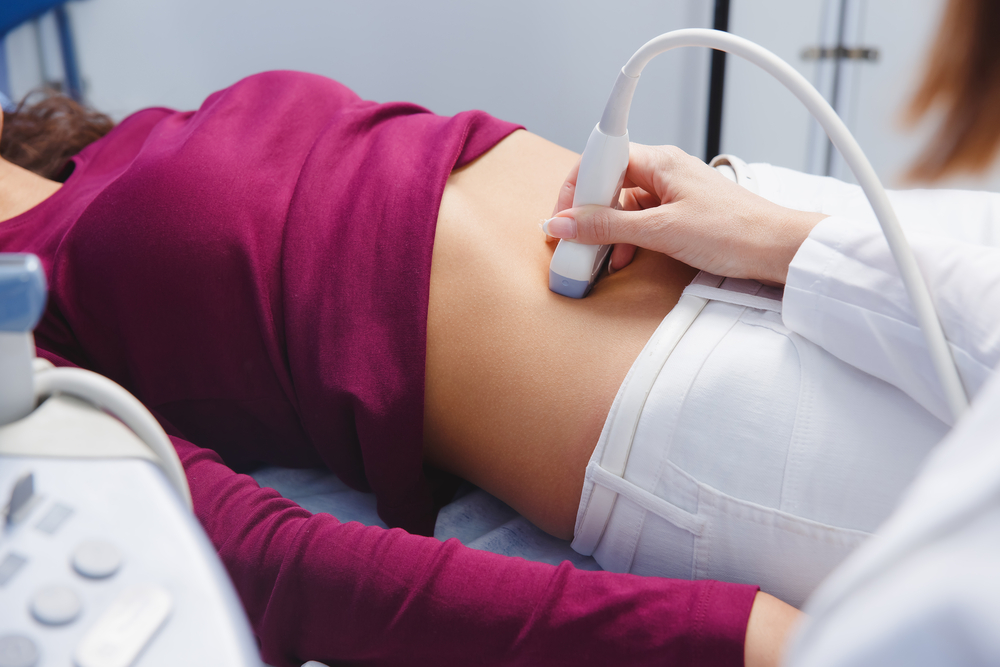A transvaginal ultrasound scan is a key fertility procedure to have if you want a baby.
Most women have their first scan (abdominal, not vaginal) at the 12-week mark, once
they’re pregnant. But not everyone gets pregnant, and there’s often a physical reason
why. A transvaginal scan is a safe and effective way to check your cervix, uterus,
fallopian tubes, and ovaries.
Fertility patients have routine transvaginal ultrasounds during treatment cycles. Why
struggle to conceive only to have a transvaginal ultrasound diagnose a problem you
could have spotted months earlier?
So what happens during a transvaginal ultrasound scan? A probe, lubricated with gel
and covered by a condom, is inserted about three inches into your vagina. Not as scary
as it sounds. Harmless sound waves (not x-rays) create computer-generated images of
your pelvic organs. These photos are surprisingly clear—and they need to be to
highlight problems. It’s all over in 15 minutes. The procedure is usually painless.
What exactly does a transvaginal ultrasound scan look for?
Here are the top eight reasons for having one:
- Find those fibroids and uterine septum.
Fibroids are benign growths in the uterus. One in four women have them, though they
may not know it. Depending of their size and position, some fibroids or septums make it
harder to get pregnant and increase the chance of a miscarriage. This is more likely
when the fibroids grow into the uterine cavity. A transvaginal ultrasound spots fibroids
and septums a mile off. - See those cysts.
Ovarian cysts are fluid-filled structures. Most are harmless and won’t stop you from
conceiving. Many come and go. But if you have endometriomas (cysts resulting from
endometriosis) or cysts due to PCOS, your fertility could be affected. Transvaginal
ultrasound examinations identify ovarian cysts with ease. And if the cysts look dodgy,
there are things you can do. - Look at that lining.
TV scans love uterine linings. A transvaginal ultrasound scan performed mid-cycle
measures of your endometrium down to the last millimeter. If it’s too thin, at the point in
your cycle where it should be optimally thick, this may be why you’re not getting
pregnant. In addition, if you are transferring donor eggs, donor embryos, or frozen
embryos, a transvaginal scan of your lining during stimulation is essential. Uterine
receptivity is everything.
- Follow those follicles.
For women undergoing super-ovulation, transvaginal ultrasound tracking is crucial. TV
scans get up close and personal, enabling the sonographer to accurately measure the
quantity and size of your developing follicles. A typical patient needs one to four scans
before her hCG trigger shot and egg retrieval. - Conception checker.
Fertility patients should always have an early (seven week) scan after a positive
pregnancy test. This will check for an ectopic pregnancy, since the risk is higher
following assisted reproduction. It can also spot other pregnancy problems, such as
a blighted ovum. And of course, a scan will detect fetal heart activity. Transvaginal
ultrasound is the optimal way to see all these things. (To be fair, a transabdominal scan
can see a lot too.) We think all pregnant women should have a seven-week scan, not
just fertility patients. Early checks reduce stress and save lives. - Home in on that hydrosalpinx.
A hydrosalpinx is a collection of fluid in the fallopian tube. It can severely hamper a
natural pregnancy (blocked tube) and affect an IVF pregnancy (leaky fluid, wombs, and
embryos are a bad combination). Hydrosalpinges are often seen by transvaginal
ultrasound. - Pounce on your PID.
Pelvic inflammatory disease (PID) is not nice. And it can cause infertility. Your doctor
may diagnose it based on touch and swabs. But a transvaginal ultrasound scan is a
pretty good PID-identifier too. Early diagnosis is key. - Cross off cancer.
A TV scan can see female cancers of the lower organs better than an abdominal scan.
Cancers of the uterus, vagina, ovaries, kidneys, and bladder are not that common in
your reproductive years, but check for them anyway.
So that’s why you need a transvaginal ultrasound scan. If you’re thinking of starting a
family, a scan is a no-brainer
